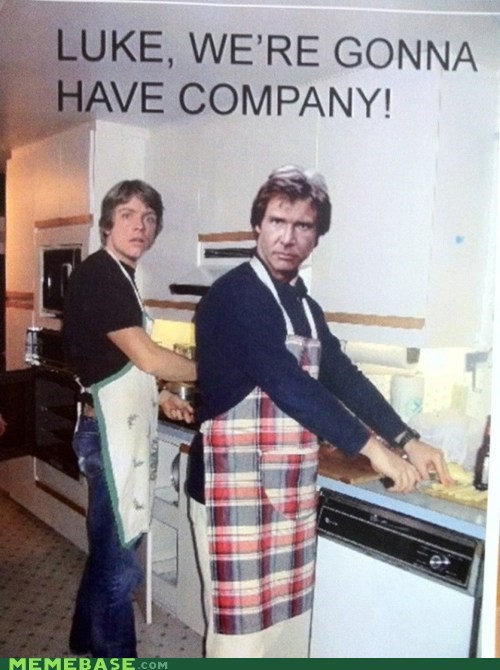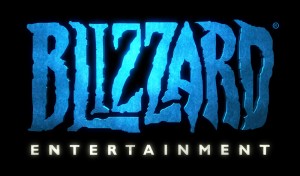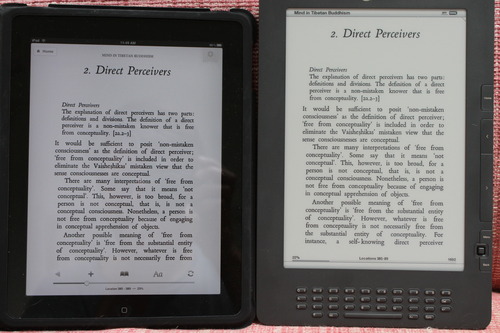and there is speculation that there will also be a “young Han Solo” standalone film. Is it just me or is there some kind of Han Solo-Indiana Jones convergence going on?

and there is speculation that there will also be a “young Han Solo” standalone film. Is it just me or is there some kind of Han Solo-Indiana Jones convergence going on?

 In Wisconsin, we got the tail end of Winter Storm Nemo last night, with just a few inches, and today it’s a beautifully sunny day. The outlook for the east coast however is between a foot and two feet, which is truly monstrous.
In Wisconsin, we got the tail end of Winter Storm Nemo last night, with just a few inches, and today it’s a beautifully sunny day. The outlook for the east coast however is between a foot and two feet, which is truly monstrous.
But no matter how much it snows (and living in Wisconsin these past few years, I’ve seen and shoveled my fair share), I can’t resist the snow. It is just beautiful, it always manages to enchant me. One of my favorite writers on the internet, Auston Habershaw, penned a perfect paean to snow that speaks to me as well as for me:
Snow is something enchanted. It changes the whole world, flake by flake, degree by degree, until we emerge from our hiding places and find ourselves somewhere new and clean and fresh. The drab ordinariness of our daily world is now blanketed in silence and light, glowing beneath an invisible sun. You breathe deep, and the air sears your lungs with its chilly clarity. It’s like waking up from a bad dream and letting all the heavy, sticky violence of your nightmare fall away. There ‘s just you, alone, calm and surrounded by the quiet beauty of a new world.
It is no accident to my mind that CS Lewis had Lucy stumble through the wardrobe and into a Narnia locked in eternal winter. There seems nothing else in nature that captures the mystery and enchantment of life than a wood cloaked in shimmering ice.
there’s more, read the whole thing. I shared it on Facebook too and I hope it goes viral. Snow is beautiful. Even if you live in Northrend.
Also, did you know that it’s the Weather Channel that started naming these winter storms, not the National Weather Service? Literally an invention of their marketing department, and inspired by Twitter. Go figure.
 It’s November, not April – so this isn’t a hoax, I guess:
It’s November, not April – so this isn’t a hoax, I guess:
Disney acquired Lucasfilm for 4.05 billion dollars, and in that deal has acquired all right to Lucas’ effects house ILM and the Star Wars brand. As a result, Disney has announced the intention to release a Star Wars film in 2014. Lucas has this to say about giving Star Wars over:
“For the past 35 years, one of my greatest pleasures has been to see Star Wars passed from one generation to the next. It’s now time for me to pass Star Wars on to a new generation of filmmakers. I’ve always believed that Star Wars could live beyond me, and I thought it was important to set up the transition during my lifetime. I’m confident that with Lucasfilm under the leadership of Kathleen Kennedy, and having a new home within the Disney organization, Star Wars will certainly live on and flourish for many generations to come. Disney’s reach and experience give Lucasfilm the opportunity to blaze new trails in film, television, interactive media, theme parks, live entertainment, and consumer products.”
I honestly am at a loss for words.
UPDATE: interview with Lucas on the future of the Star Wars franchise:
UPDATE 2: a positive take from RealLifeComics:
then here’s a Kickstarter for you to look at!
Qonqr is a cool location-based mobile MMO that is being developed by an independent studio also named Qonqr. One of my close friends from college is a co-founder and they are trying to raise some money via Kickstarter to fund development of the next phase of the game. About the game:
QONQR is a location-based, massively-multiplayer strategy game in which players use their smartphones to battle for control of the cities, towns, and neighborhoods in which they live and work. QONQR allows you to be a mobile operative on the streets, in coffee shops and even at the grocery store; battling for control and conquering the world. It is available right now on iPhone and Windows Phone, with Android development underway.
Here’s a quick summary video with more detail:
Please check their Kickstarter out if you’re intrigued, and lend them a few bucks. They are halfway to their goal of $25k and there are only 36 hours left in the campaign, so time is of the essence!
I admit that I hadn’t consciously noticed the trend of how every Hollywood movie seems to be going for a two-tone palette nowadays, but this eye-opening piece lays it out in irrefutable detail:
You see, flesh tones exist mostly in the orange range and when you look to the opposite end of the color wheel from that, where does one land? Why looky here, we have our old friend Mr. Teal. And anyone who has ever taken color theory 101 knows that if you take two complementary colors and put them next to each other, they will “pop”, and sometimes even vibrate. So, since people (flesh-tones) exist in almost every frame of every movie ever made, what could be better than applying complementary color theory to make people seem to “pop” from the background. I mean, people are really important, aren’t they?
[…]
From this seemingly innocuous supposition was unleashed a monstrosity that would eventually lead to one of the worst films ever, and one of the worst examples of unchecked teal and orange stupidity
The screenshots are hilarious, but at the end he takes teh same principle and applies it to classic works of art, and the result is utter genius:
I’d LOVE to see someone do this for more pieces of art.
It occurs to me that our politics is similarly two-tone, carefully calibrated for maximum opposition and “pop”.
This is absolutely perfect:

Looks like Amazon is going to have a number of new Kindle models, including next-generation versions of the Kindle Fire in both 7 and 10 inch versions, and also an updated Kindle Touch that incorporates screen illumination (for parity with the new Nook version that came out a few months ago). Amazon is even rumored to be working on a Kindle phone. But the Kindle DX (with a 10 inch screen) is still stuck in its previous-generation, overpriced ghetto. You can buy a DX today but you’re getting the older version of the eInk screen, not the new one with faster refresh times and better contrast on the latest eInk Kindles. And you’re paying a monstrously inflated price reminiscent of the first-generation Kindle hardware. The DX doesn’t even have the same software as it’s smaller brethren, including the advanced PDF support. For these reasons the DX is basically a dinosaur that has been unchanged for almost 3 years. One of the reasons I held out for so long in buying a Kindle of my own is because I kept hoping for a DX refresh, but they still haven’t even discounted the aging hardware.
I would still buy the old DX if they dropped the price in half. And if they came out with a new version, I’d find it compelling at the same price point it is now – imagine how amazing a Kindle DX Touch would be? It would be smaller, lighter, thinner than an iPad 3 and would have 100 times the battery life. It would be a much more natural platform for reading digital newspapers and magazines. And we can dream even bigger: what if the DX had a more advanced touch screen to allow note-taking with a stylus? Suddenly it would be more compelling than an iPad for hundreds of thousands of students. In fact given the cheaper hardware and longer battery life, a note-taking DX would be a real game-changer.